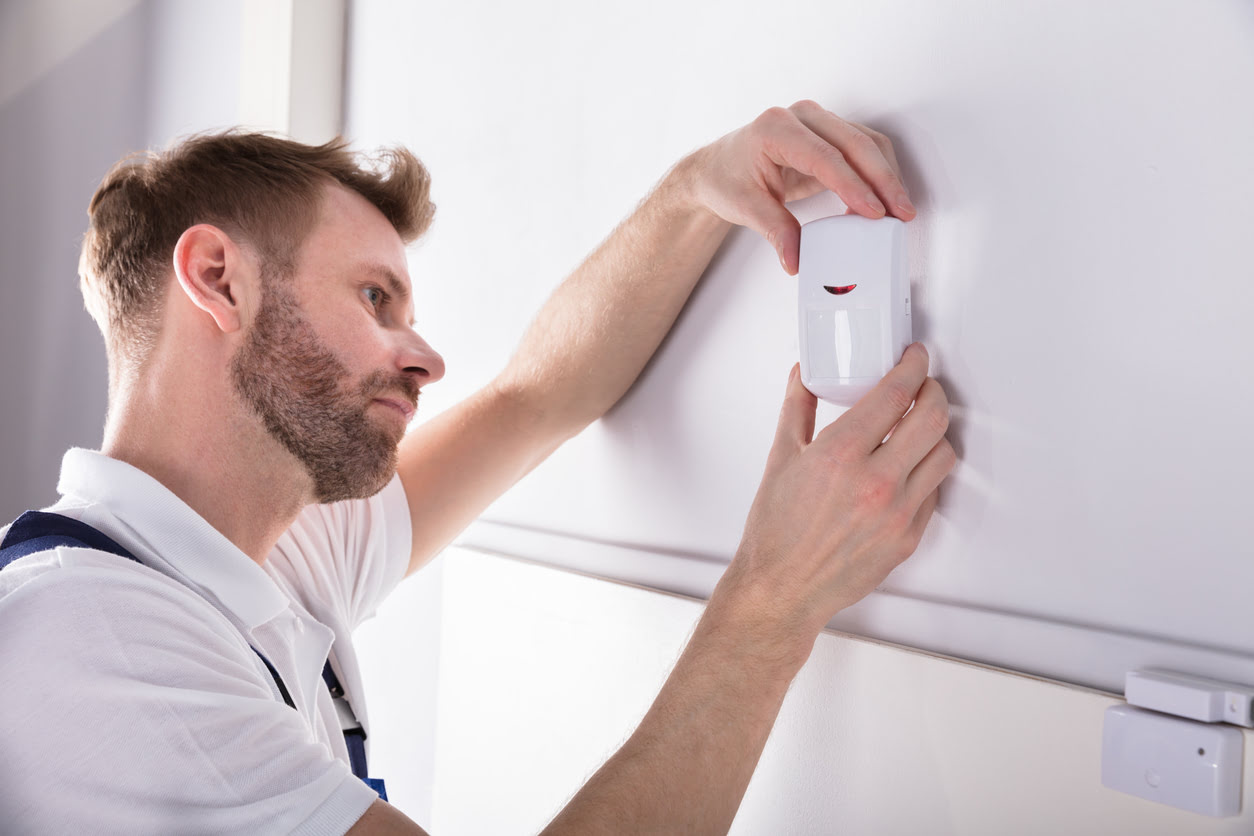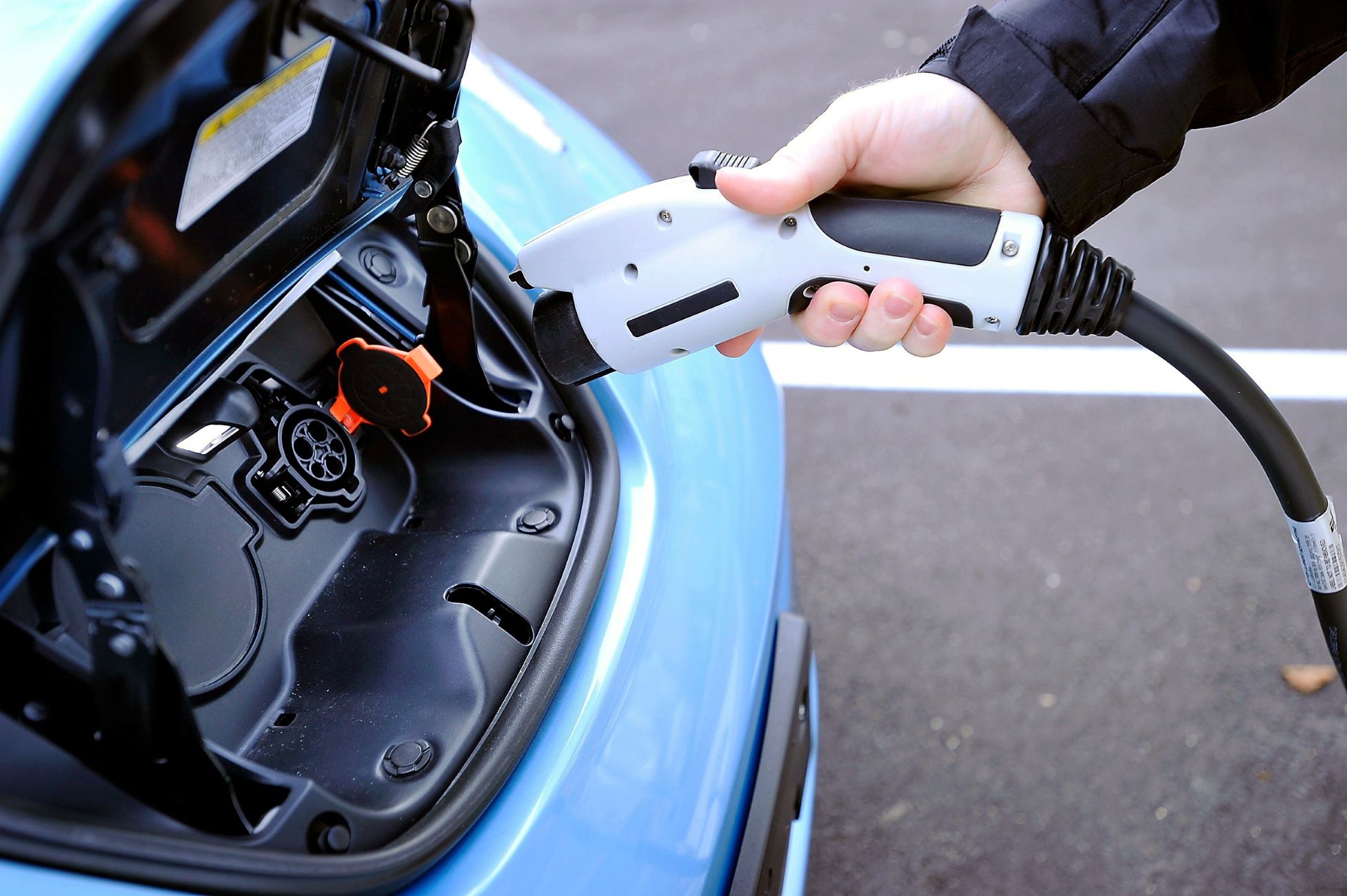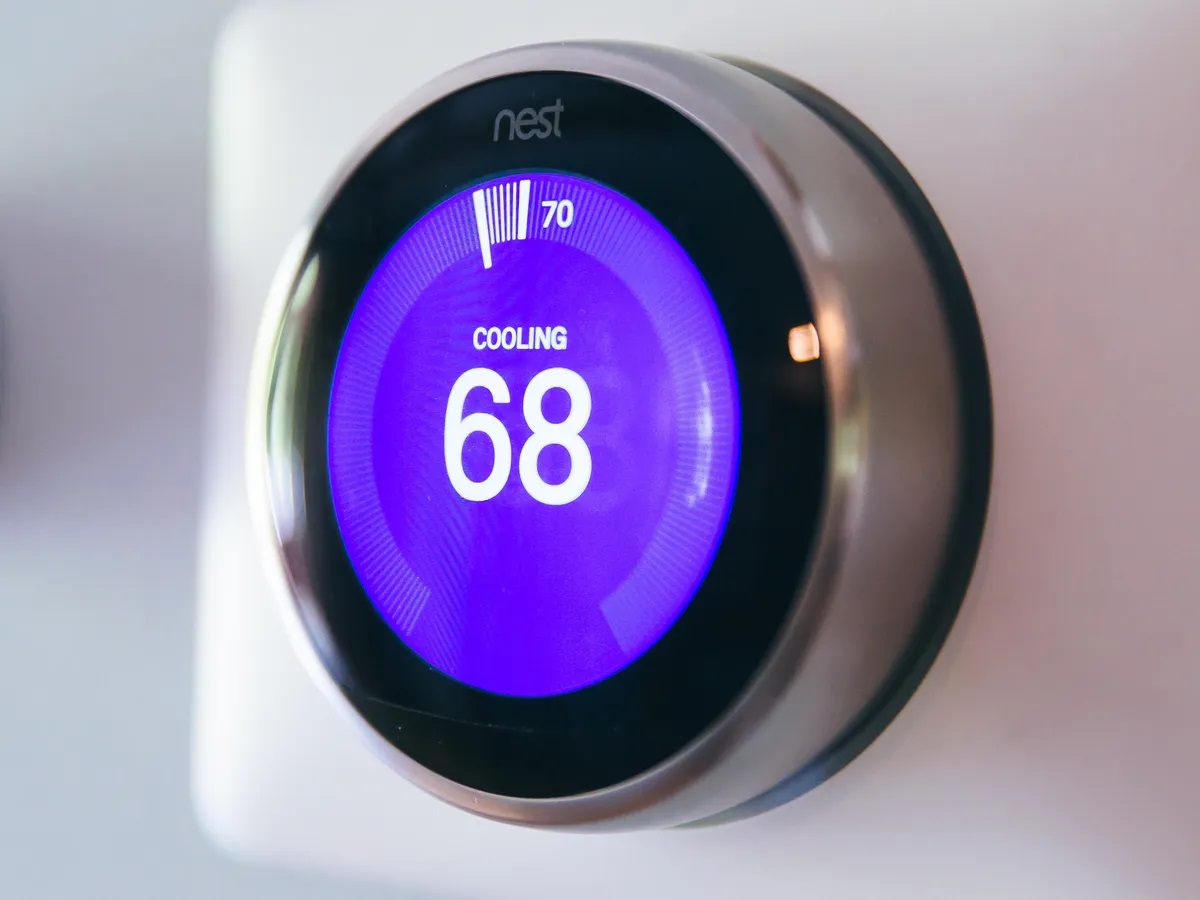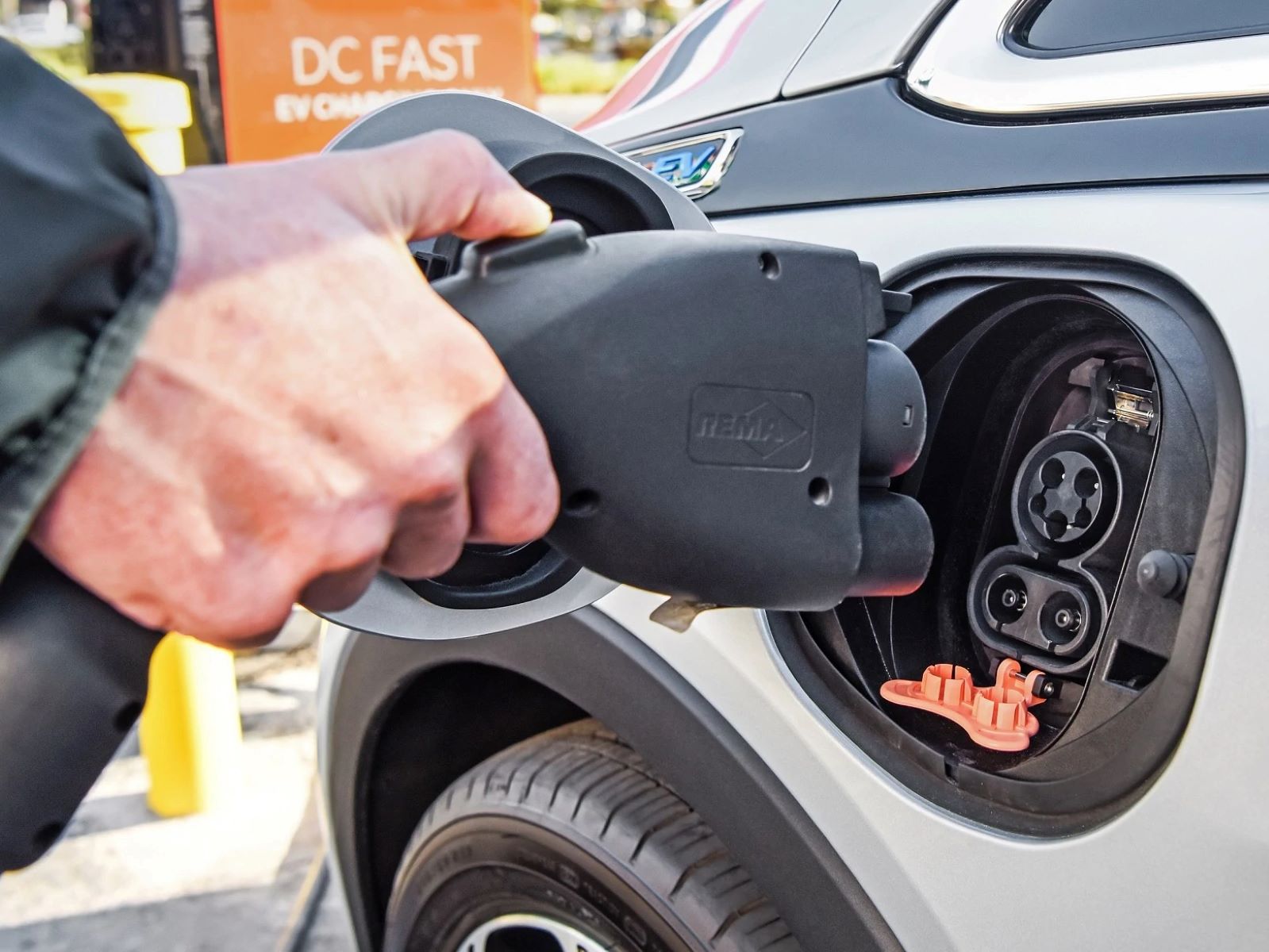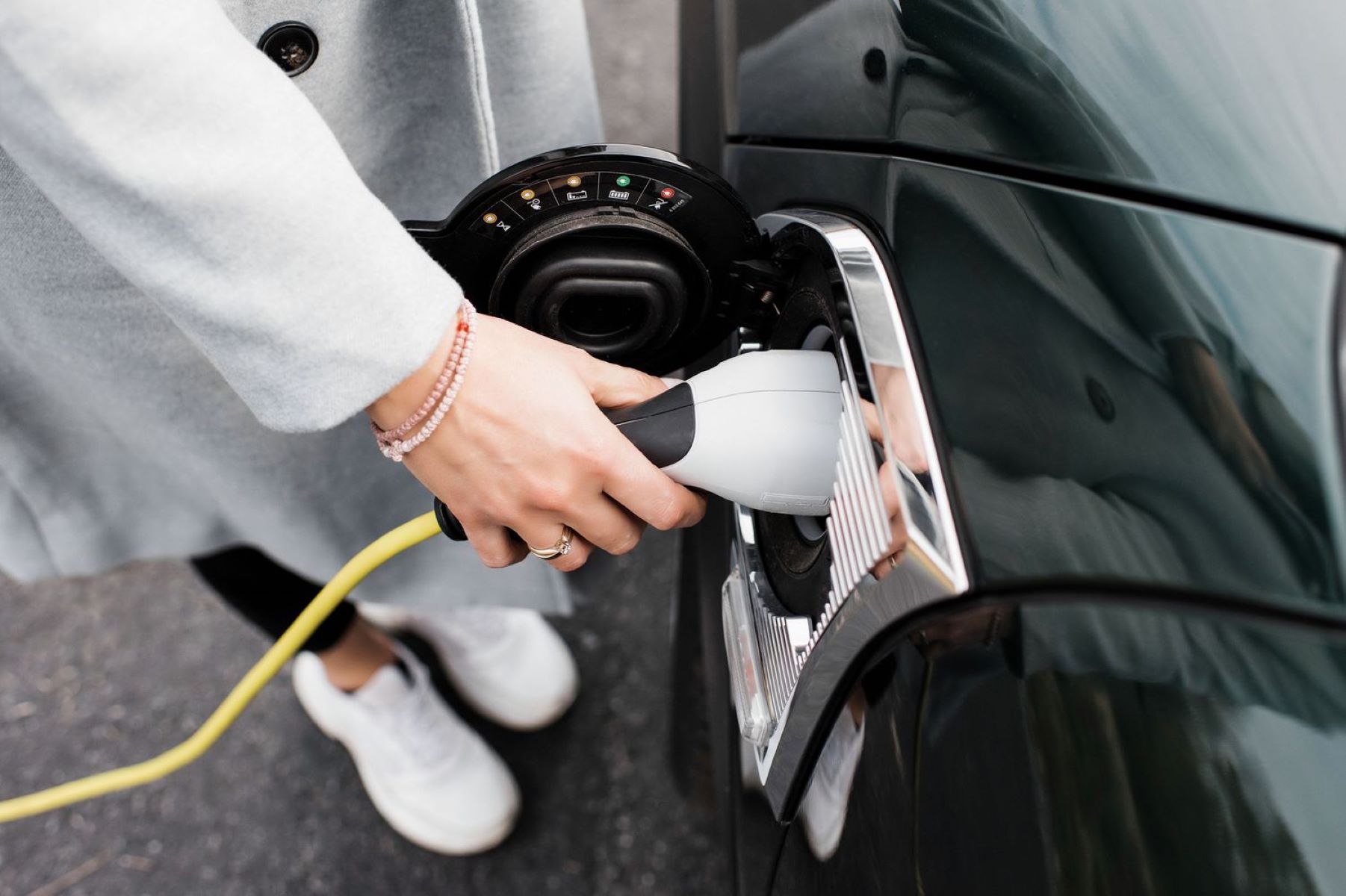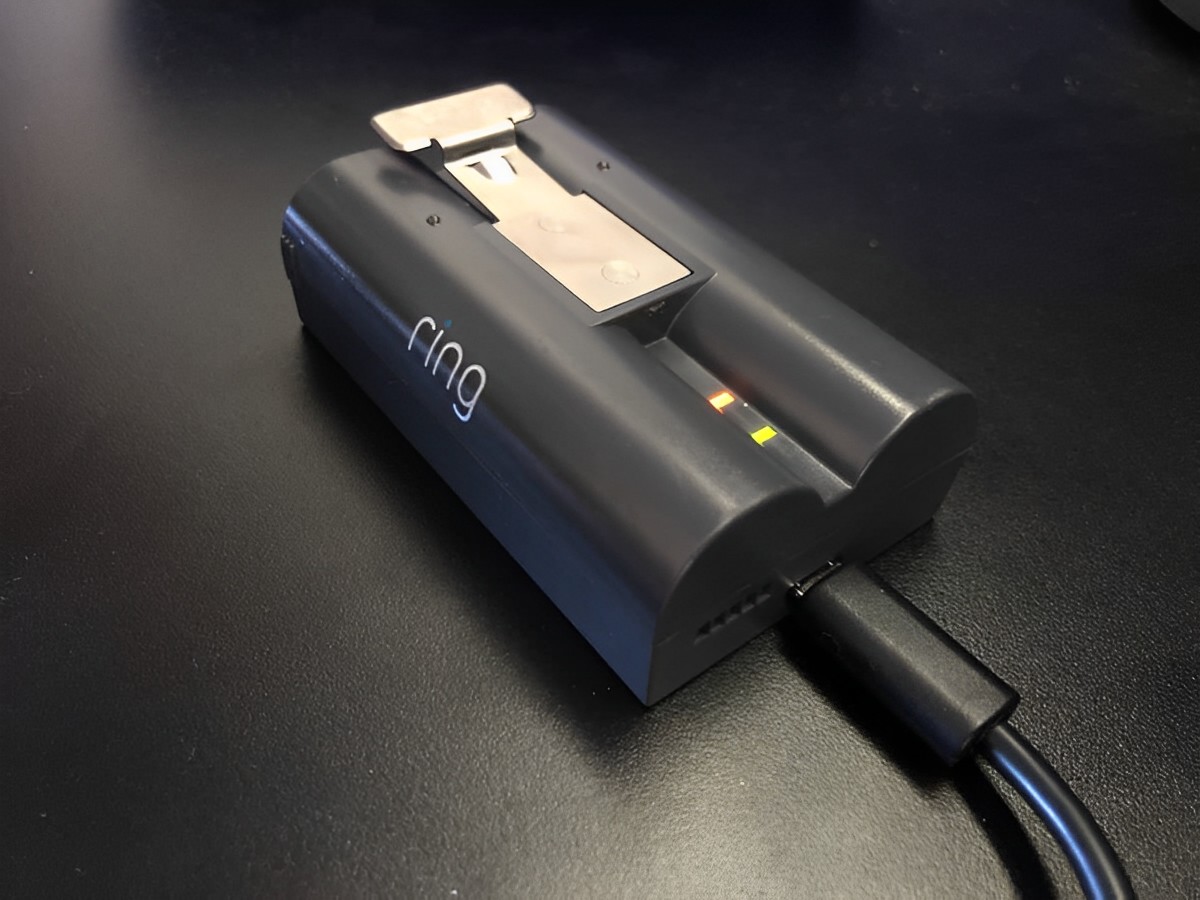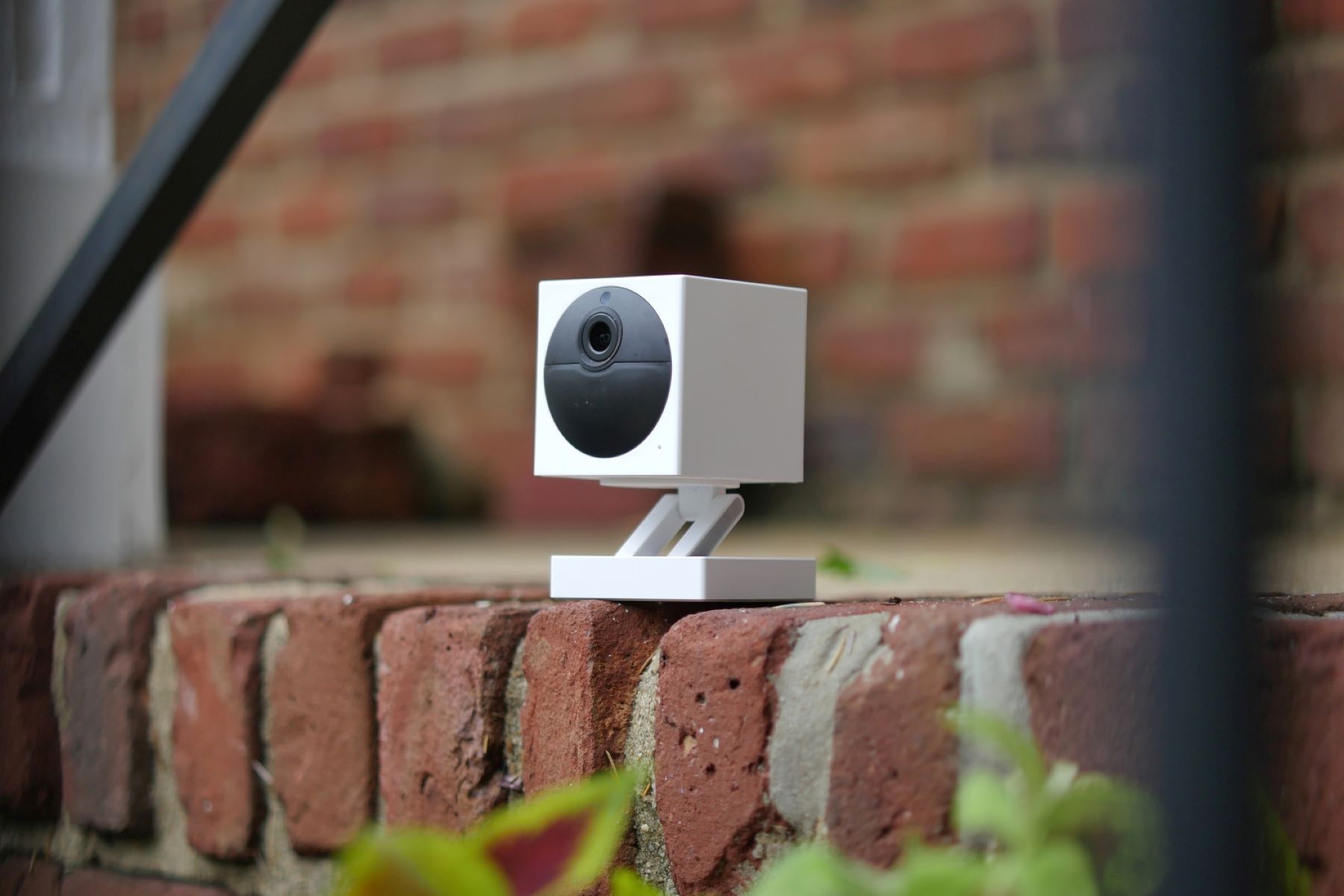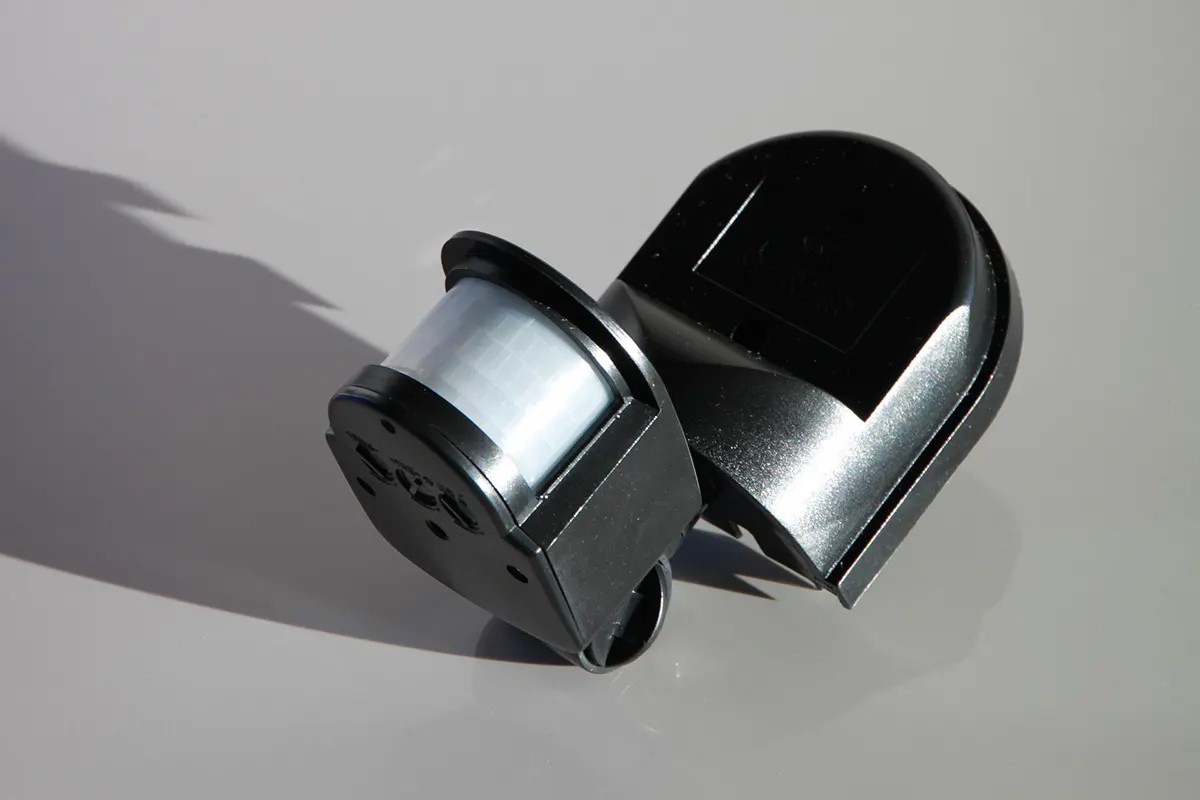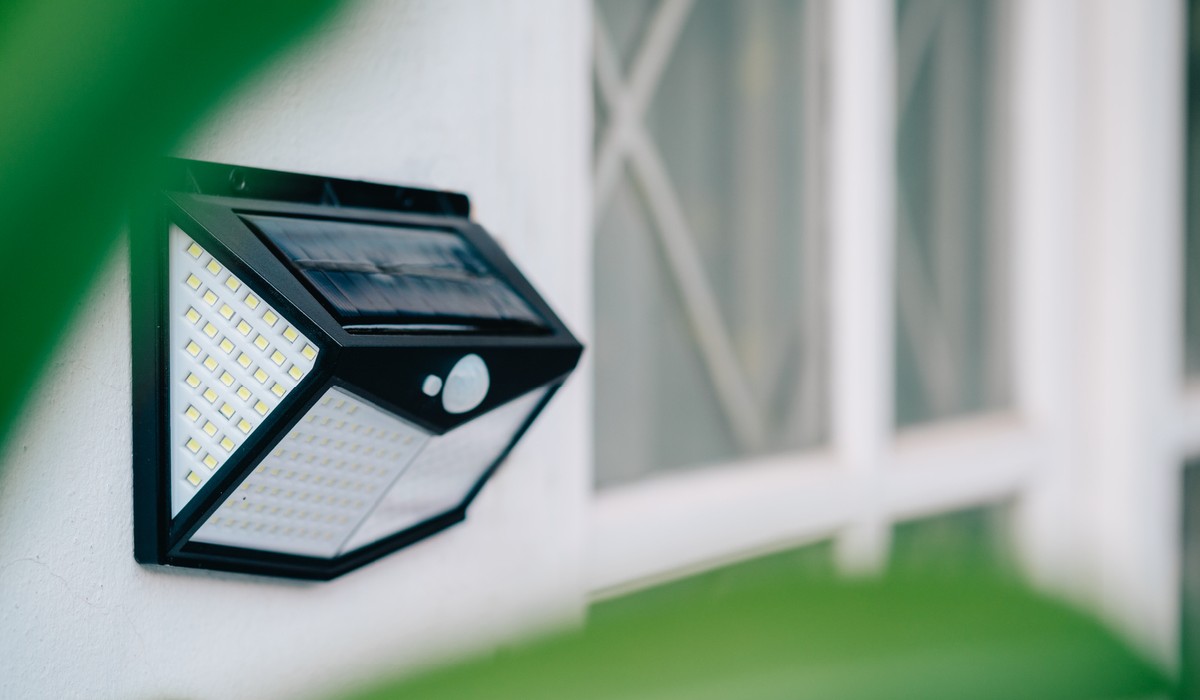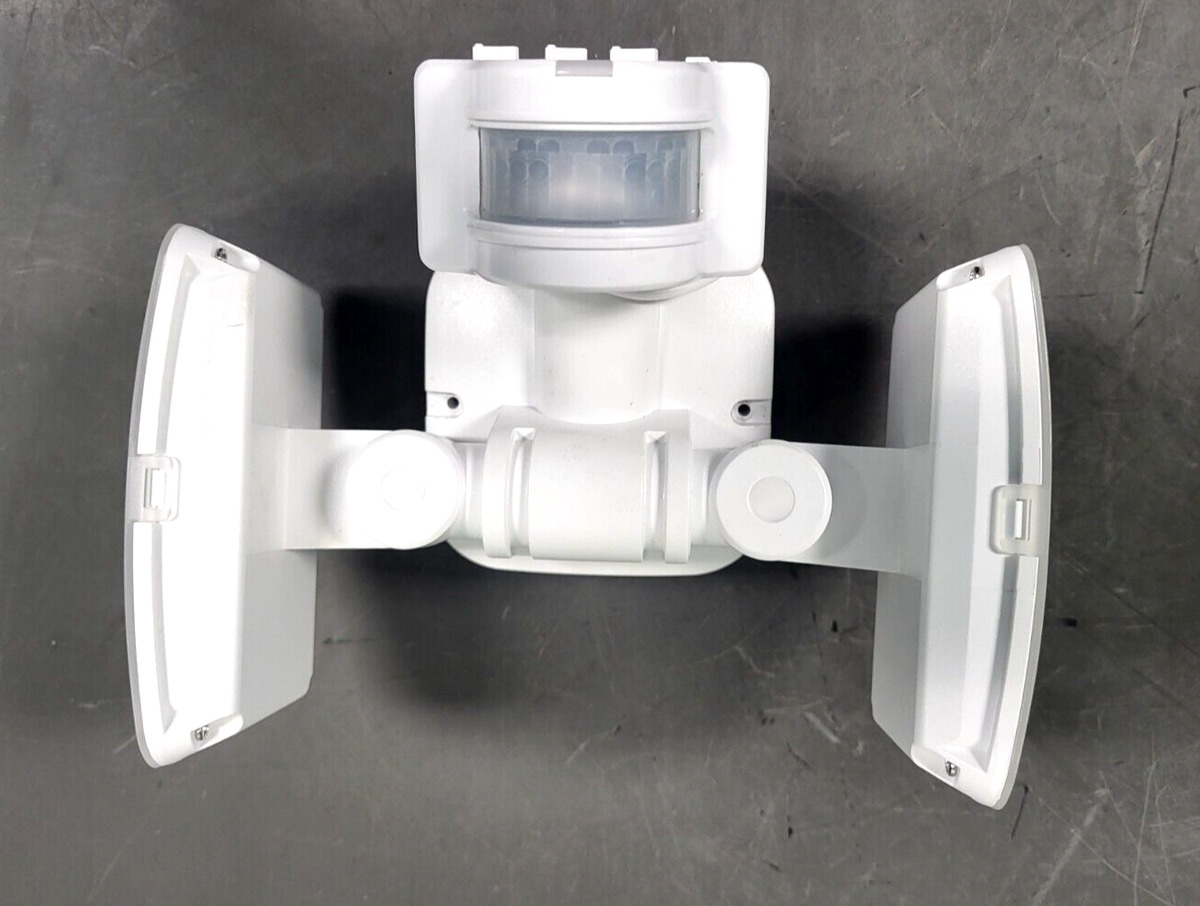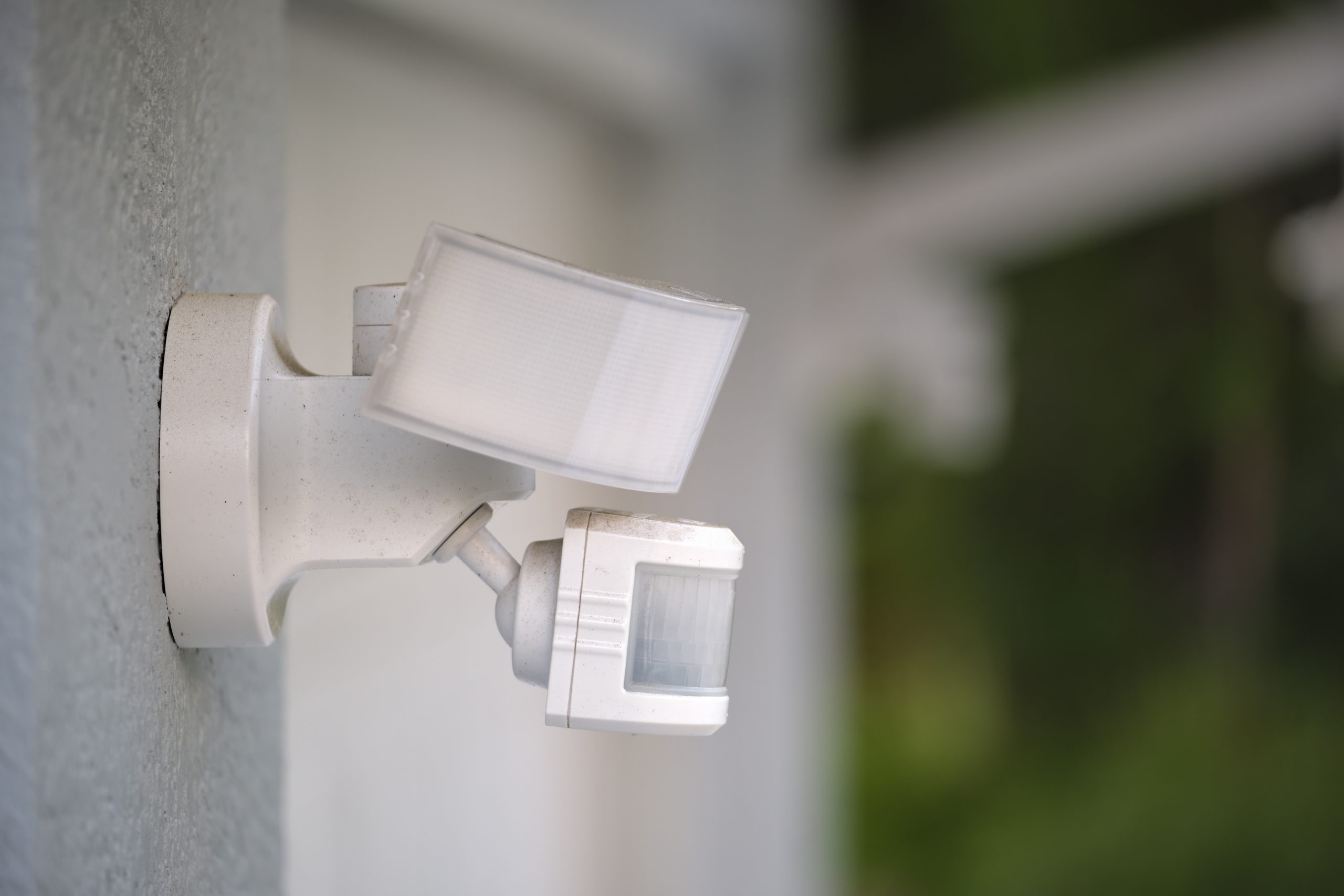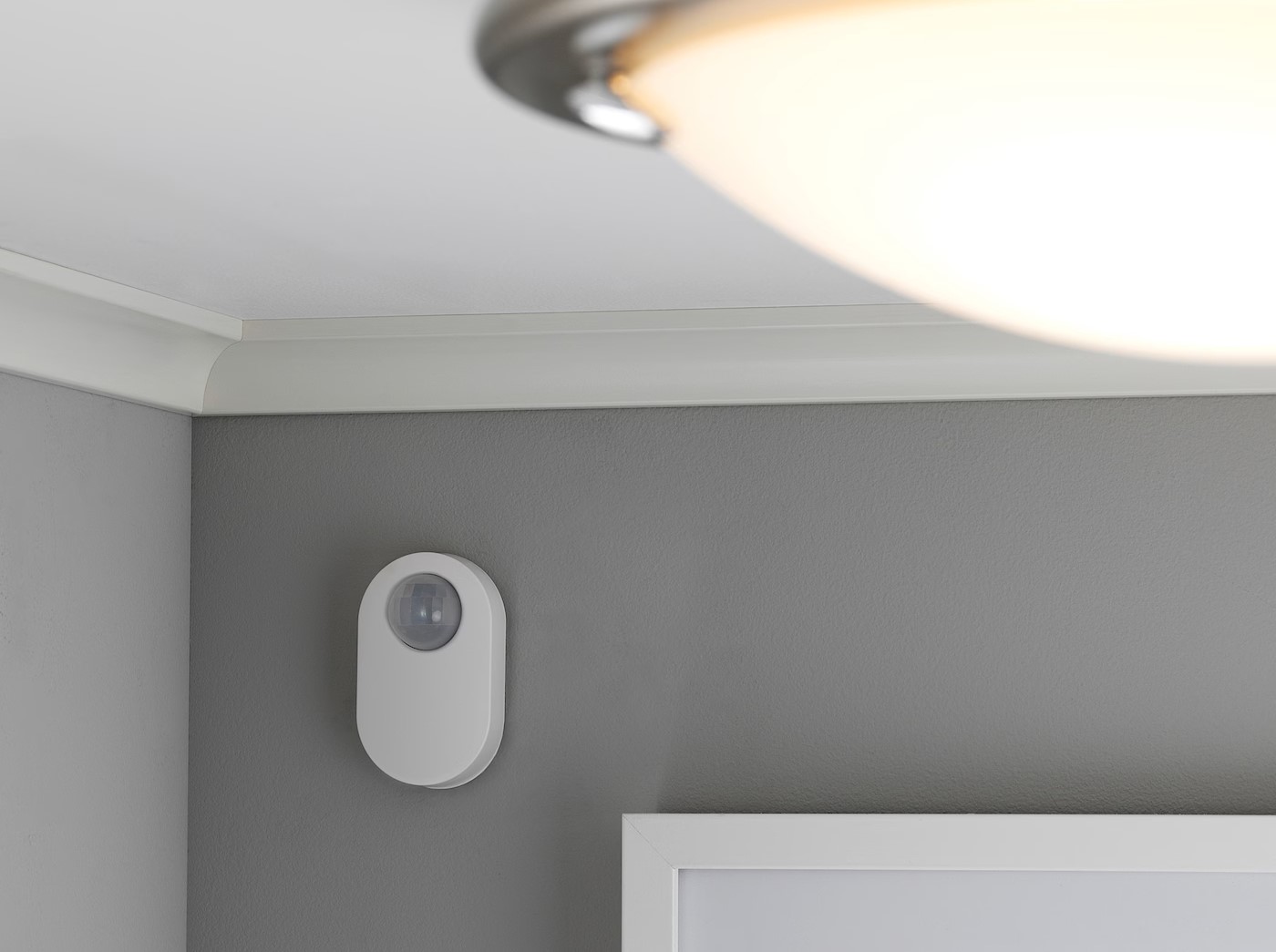Home>Home Security and Surveillance>How Long Does It Take For A Solar Motion Detector To Charge
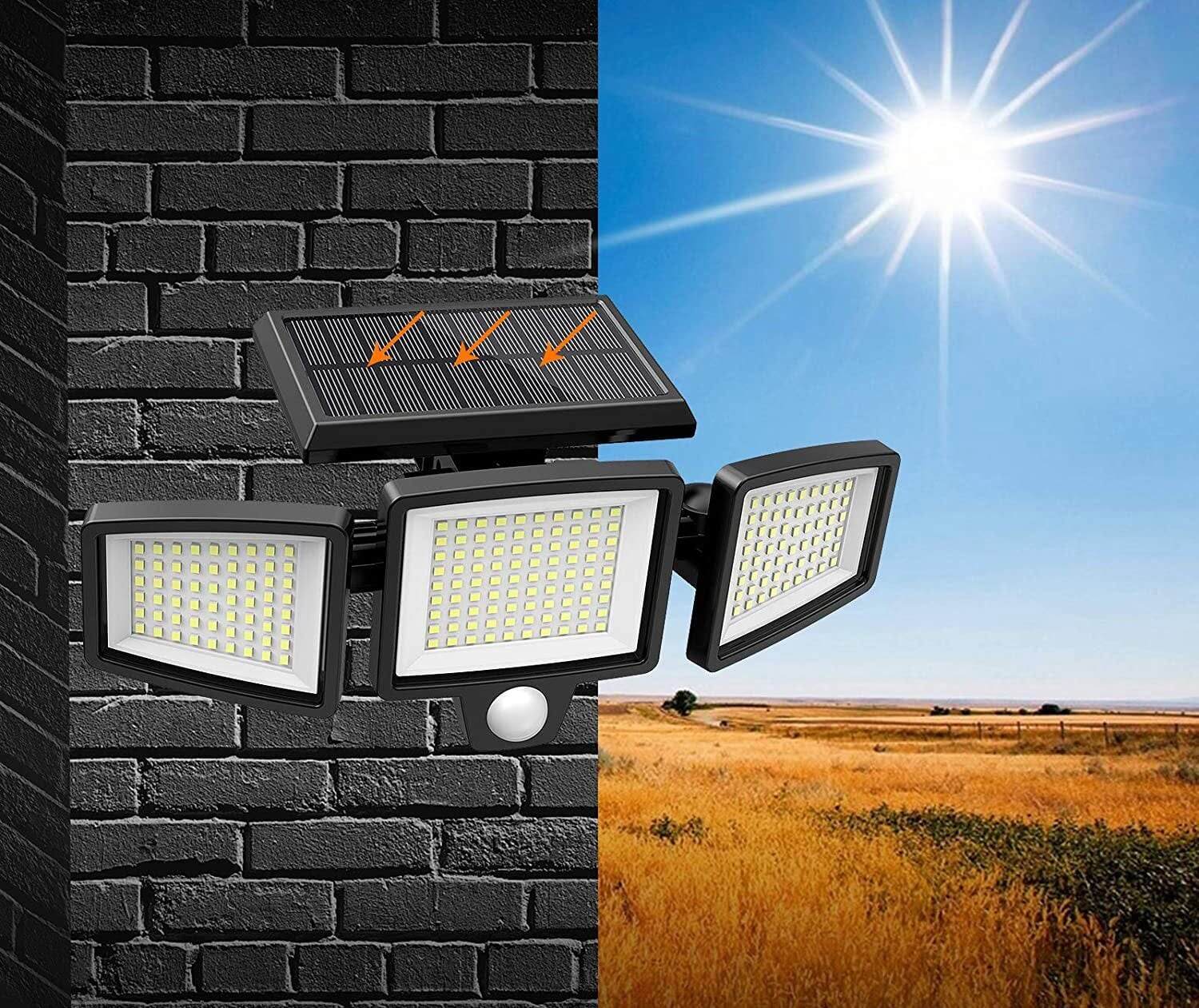

Home Security and Surveillance
How Long Does It Take For A Solar Motion Detector To Charge
Modified: November 1, 2024
Easily charge your solar motion detector with our expert guide. Find out how long it takes and get the best home security and surveillance for your needs.
(Many of the links in this article redirect to a specific reviewed product. Your purchase of these products through affiliate links helps to generate commission for Storables.com, at no extra cost. Learn more)
Introduction
Home security is of paramount importance in today’s world. With the rise of incidents such as burglaries and break-ins, it’s crucial to implement effective security measures to protect our homes and loved ones. One of the key components of a comprehensive home security system is a motion detector.
Motion detectors are designed to detect any movement or activity within their range and trigger an alarm or notification to alert homeowners. They provide an added layer of security by acting as a preemptive deterrent against potential intruders. While traditional motion detectors require a direct power source, the advent of solar technology has made solar motion detectors a popular choice among homeowners.
Solar motion detectors are powered by sunlight, which means they don’t rely on batteries or electrical connections. They are not only eco-friendly but also cost-efficient in the long run. However, one common question that arises when it comes to solar motion detectors is how long it takes for them to charge.
In this article, we will delve into the factors that affect the charging time of solar motion detectors, the charging process itself, and provide some tips to optimize charging efficiency. By understanding these aspects, you will be better equipped to make informed decisions when it comes to choosing and maintaining your solar motion detection system.
Key Takeaways:
- Solar motion detectors take 6 to 12 hours of direct sunlight to fully charge, but real-world conditions can affect charging time. Optimizing sunlight exposure and keeping the panel clean can improve efficiency.
- Factors like sunlight intensity, panel size, and battery capacity affect the charging time of solar motion detectors. Positioning the solar panel correctly and monitoring battery life can optimize charging efficiency.
Understanding Solar Motion Detectors
Solar motion detectors, also known as solar-powered motion sensors or solar-powered security lights, are devices that use solar energy to power their operation. They consist of a motion sensor integrated with a solar panel and a rechargeable battery. The solar panel collects sunlight and converts it into electrical energy, which is stored in the battery for later use.
These motion detectors typically work by detecting changes in infrared radiation. When an object or person moves within the sensor’s range, it detects the heat signature and triggers the connected security system or activates the built-in alarm. They are commonly used to secure outdoor areas such as driveways, patios, and gardens.
One of the advantages of solar motion detectors is their ease of installation. Since they don’t require complicated wiring or an external power source, they can be easily placed in any desired location, as long as it receives adequate sunlight. This flexibility makes them a popular choice for homeowners who want to enhance their home security without the hassle of extensive installation.
Furthermore, solar motion detectors are designed to be weather-resistant, able to withstand varying weather conditions, including rain, snow, and heat. This durability ensures that they can reliably function throughout the year, regardless of the climate or season.
In addition to their security benefits, solar motion detectors also offer energy efficiency. By harnessing the power of the sun, they eliminate the need for traditional power sources or batteries, resulting in cost savings and reduced environmental impact. They operate autonomously, charging during the day and activating at night, using only the energy they generate from the solar panel.
However, it is important to note that the charging time of solar motion detectors can vary based on several factors. Understanding these factors will help you determine how long it will take for your solar motion detector to charge fully.
Factors Affecting Charging Time
The charging time of solar motion detectors can be influenced by various factors. It’s essential to consider these factors to get a better understanding of how long it might take for the detector to charge fully:
- Sunlight Intensity: The intensity of sunlight plays a crucial role in the charging process. Solar panels are most efficient when exposed to direct sunlight. Cloudy or overcast days can reduce the amount of sunlight available, which may result in longer charging times. Additionally, the positioning of the solar panel can affect the exposure to sunlight. It’s important to ensure that the solar panel is installed in an area where it receives optimal sunlight throughout the day.
- Panel Size and Efficiency: The size and efficiency of the solar panel used in the motion detector can impact the charging time. Larger panels with higher conversion efficiency will be able to generate more electricity from the sunlight, leading to faster charging times. On the other hand, smaller or less efficient panels may require a longer duration to accumulate enough energy for a full charge.
- Battery Capacity: The capacity of the rechargeable battery within the motion detector also affects the charging time. A larger battery capacity can store more electrical energy, allowing the detector to operate for a longer duration without requiring a recharge. However, it’s important to note that a larger battery capacity may require more time to charge fully compared to a smaller battery.
- Usage and Ambient Light: The usage and ambient light conditions can impact the charging time of solar motion detectors. If the detector is frequently triggered due to frequent motion detection or if it is placed in an area with low ambient light, it may consume more energy than it can generate. This can lead to longer charging times as the solar panel needs more time to accumulate sufficient energy to recharge the battery.
It’s important to keep these factors in mind and consider them when evaluating the charging time of your solar motion detector. Remember that these factors can vary depending on your specific installation and environmental conditions.
Solar Motion Detector Charging Process
The charging process of a solar motion detector involves the conversion of sunlight into electrical energy and storing it in the rechargeable battery. Here is a step-by-step breakdown of the typical charging process:
- Sunlight Absorption: The solar panel, which is usually located on top of the detector, absorbs sunlight. The panel is made up of photovoltaic cells that capture photons from sunlight and convert them into electrical energy.
- Conversion to Electrical Energy: The absorbed sunlight causes electrons in the photovoltaic cells to become energized. These energized electrons are then dislodged from their atoms and flow as an electric current, generating electrical energy.
- Regulating the Charging Process: A built-in charge controller or regulator in the motion detector manages the charging process. It ensures that the electrical energy generated by the solar panel is directed to the rechargeable battery and optimizes the charging rate to prevent overcharging or damage to the battery.
- Battery Charging: The electrical energy produced by the solar panel is stored in the rechargeable battery. The charge controller regulates the flow of energy to the battery, gradually charging it over time.
- Full Charge Activation: Once the battery reaches its full capacity, the charge controller stops the charging process to prevent overcharging. At this point, the solar motion detector is ready for operation and can be used to detect motion and trigger the desired response, such as activating alarms or turning on lights.
The charging process of solar motion detectors is typically automatic and continuous as long as the solar panel receives adequate sunlight. It’s important to position the detector in an area with maximum sunlight exposure to optimize the charging process and ensure efficient operation.
Furthermore, it’s worth noting that solar motion detectors may have different charging mechanisms, depending on the manufacturer and model. Some detectors may incorporate additional features to enhance the charging process, such as advanced power management systems or energy-saving modes. Always refer to the manufacturer’s instructions and specifications for accurate details on the charging process for your specific solar motion detector.
Solar motion detectors typically take 6-8 hours of direct sunlight to fully charge. Make sure to place them in a sunny spot for optimal charging.
Average Time Required for Full Charge
The time required for a solar motion detector to charge fully can vary depending on several factors, as mentioned earlier. However, on average, it can take anywhere from 6 to 12 hours of direct sunlight to fully charge the battery of a solar motion detector.
This estimate assumes ideal conditions, including a large and efficient solar panel, optimal sunlight intensity, and a battery with an average capacity. It’s important to note that real-world charging times may differ based on the specific variables present in your environment.
The duration for a full charge can also depend on the battery’s current charge level at the time of solar exposure. Before installing a new solar motion detector, it’s recommended to fully charge the battery initially to ensure optimal performance.
Keep in mind that charging efficiency can be affected by external factors, such as the angle of the solar panel in relation to the sun, shading from nearby objects or buildings, and seasonal variations in sunlight intensity. By optimizing these factors and providing a conducive environment for solar charging, you can potentially reduce the overall charging time.
Remember, solar motion detectors are designed to operate throughout the day and recharge during daylight hours. However, they may also store energy in the battery to power their operation during nighttime or low-light conditions. This means that even partially charged solar motion detectors can provide functionality, albeit with reduced performance and operating time.
If your solar motion detector is not charging to its full capacity within the recommended time frame, consider repositioning the solar panel to ensure optimal sunlight exposure and verifying that there are no obstructions blocking the sunlight. Cleaning the solar panel periodically from dust or debris can also improve its efficiency and charging speed.
Monitoring the charging process and regularly checking the battery level indicators provided by the manufacturer can help you determine if your solar motion detector is charging effectively and maintain its optimal performance.
Tips to Optimize Charging Efficiency
To ensure the optimal charging efficiency of your solar motion detector, consider implementing the following tips:
- Position the Solar Panel Correctly: Place the solar panel in an area that receives maximum sunlight exposure throughout the day. Position it facing south (in the Northern Hemisphere) or north (in the Southern Hemisphere) to capture the most sunlight. Avoid shading from trees, buildings, or any other objects that can obstruct sunlight.
- Regularly Clean the Solar Panel: Dust, dirt, and debris can accumulate on the solar panel and reduce its efficiency. Clean the panel regularly using a soft cloth and mild soapy water. Ensure that the panel is dry before reconnecting it to the motion detector.
- Optimize the Angle of the Solar Panel: Adjust the angle of the solar panel to maximize sunlight absorption. During the summer, a steeper angle may be required to align with the higher position of the sun, while a lower angle may be better for winter to capture sunlight at a lower angle.
- Keep the Battery Connections Clean: Periodically check the battery connections in the motion detector and ensure that they are clean and free from corrosion. Corroded connections can lead to poor charging efficiency and affect the overall performance of the detector.
- Minimize Usage during Low Light Conditions: If possible, avoid using the motion detector extensively during times of low sunlight or at night. This will allow the battery to focus on charging rather than powering the detector’s operation.
- Consider Adding Additional Solar Panels: If you have a larger area to cover or if the available sunlight is limited, you can consider adding additional solar panels to increase the charging capacity. This can help ensure a faster and more efficient charging process.
- Monitor Battery Life: Regularly check the battery level indicators provided by the manufacturer to monitor the charging status. If you notice a significant decrease in battery capacity or charging time, it may be a sign that the battery needs to be replaced.
Implementing these tips will help optimize the charging efficiency of your solar motion detector and ensure that it operates at its full potential. By maximizing the absorption of sunlight and maintaining the cleanliness and proper functioning of the solar panel and battery, you can enjoy reliable and efficient performance from your security system.
Conclusion
Solar motion detectors offer a convenient and eco-friendly solution for enhancing home security. By harnessing the power of the sun, these detectors eliminate the need for batteries or electrical connections, making them cost-efficient and easy to install. Understanding the factors that affect their charging time and optimizing the charging process is essential for maximizing their performance.
Factors such as sunlight intensity, panel size and efficiency, battery capacity, and usage patterns can impact the charging time of solar motion detectors. By positioning the solar panel correctly, keeping it clean, and adjusting the angle to optimize sunlight absorption, you can enhance the charging efficiency. Regularly monitoring battery life and connections, and minimizing usage during low light conditions are also key to maintaining optimum performance.
On average, solar motion detectors take around 6 to 12 hours of direct sunlight to achieve a full charge. However, it’s important to consider that real-world conditions and variations in sunlight intensity can influence the charging time.
By following the tips provided in this article, you can optimize the charging efficiency of your solar motion detector and enjoy reliable home security. Remember to read the manufacturer’s instructions and specifications for your specific model to ensure proper installation, usage, and maintenance.
Investing in a solar motion detector not only provides a proactive security measure for your home but also contributes to a greener and more sustainable environment. With their ability to harness the power of the sun and eliminate reliance on traditional power sources, solar motion detectors are a smart choice for modern homeowners.
Make the most of the technology available and ensure your home security is equipped with the latest advancements in solar motion detection. With a fully charged solar motion detector, you can have peace of mind knowing that your home is protected by an efficient and environmentally friendly security system.
Frequently Asked Questions about How Long Does It Take For A Solar Motion Detector To Charge
Was this page helpful?
At Storables.com, we guarantee accurate and reliable information. Our content, validated by Expert Board Contributors, is crafted following stringent Editorial Policies. We're committed to providing you with well-researched, expert-backed insights for all your informational needs.
